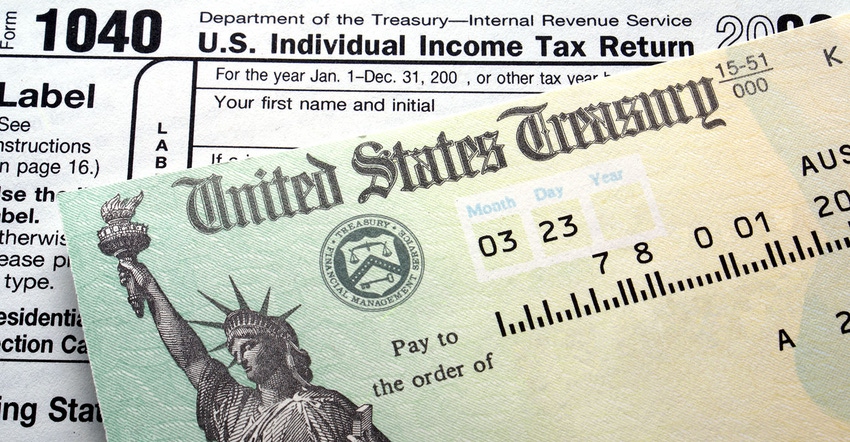
Last week, the American Rescue Plan Act of 2021 was passed and a total of $1.9 trillion of COVID relief is going to be pushed out to U.S. citizens. The major discussion point has been the $1,400 stimulus payments. Today, we’ll talk about the payment compared to the past two and how the payments work through your tax return.
Let’s start with the $1,400 stimulus payment. This payment will be very similar to the two payments that came out in 2020. The major difference – this time around – is that the payments are $1,400 for everyone. Previous payments were $1,200 and $600 for recipients and had different rates for qualifying children; $500 and $600 for the first and second payment, respectively.
The interesting part of these payments is that they are not considered income; they are tax credits that you received early in the form of cash payments. The tax credit the payments are associated with is called the Recovery Rebate Credit.
Generally, tax credits that you receive for a tax year (i.e Child Tax Credit, Child and Dependent Care Credit, etc.) are reported on your Form 1040 and are a dollar-for-dollar reduction to your tax liability. The stimulus payments, however, were paid in cash because of the need to get money into peoples’ pockets during the pandemic. The stimulus payments that you received in 2020 are – for tax purposes – collectively called economic impact payments.
Messy mechanics
The mechanics of the economic impact payments were messy. Eligibility was based on your most recently filed tax return, which was probably the 2018 return for most of you since the 2019 return due date was pushed back to July 15th, 2020. For those people who were eligible for the 2020 tax credit but did not receive cash payments (because their income level was too high on either their 2018 or 2019 return), they get to take the tax credit on their 2020 return like they would the Child Tax Credit or Child/Dependent Care Credit.
To summarize:
If you received economic impact payments = no Recovery Rebate Credit on 2020 tax return
If you received no economic impact payment but are eligible = Recovery Rebate Credit on 2020 tax return
The IRS is supposed to provide you with formal documentation (Notice 1444 for the first payment and Notice 1444-B for the second), verifying the amount that you received in cash payments for the stimulus.
I can’t stress enough that you will want to pass this along to your tax preparer whenever you get it. I just received my Notice 1444-B last week so don’t worry if you haven’t seen it yet.
It sounds like the payments for the American Rescue plan are going to be coming out soon so watch your bank account.
The opinions of the author are not necessarily those of Farm Futures or Farm Progress.
Read more about:
TaxesAbout the Author(s)
You May Also Like






